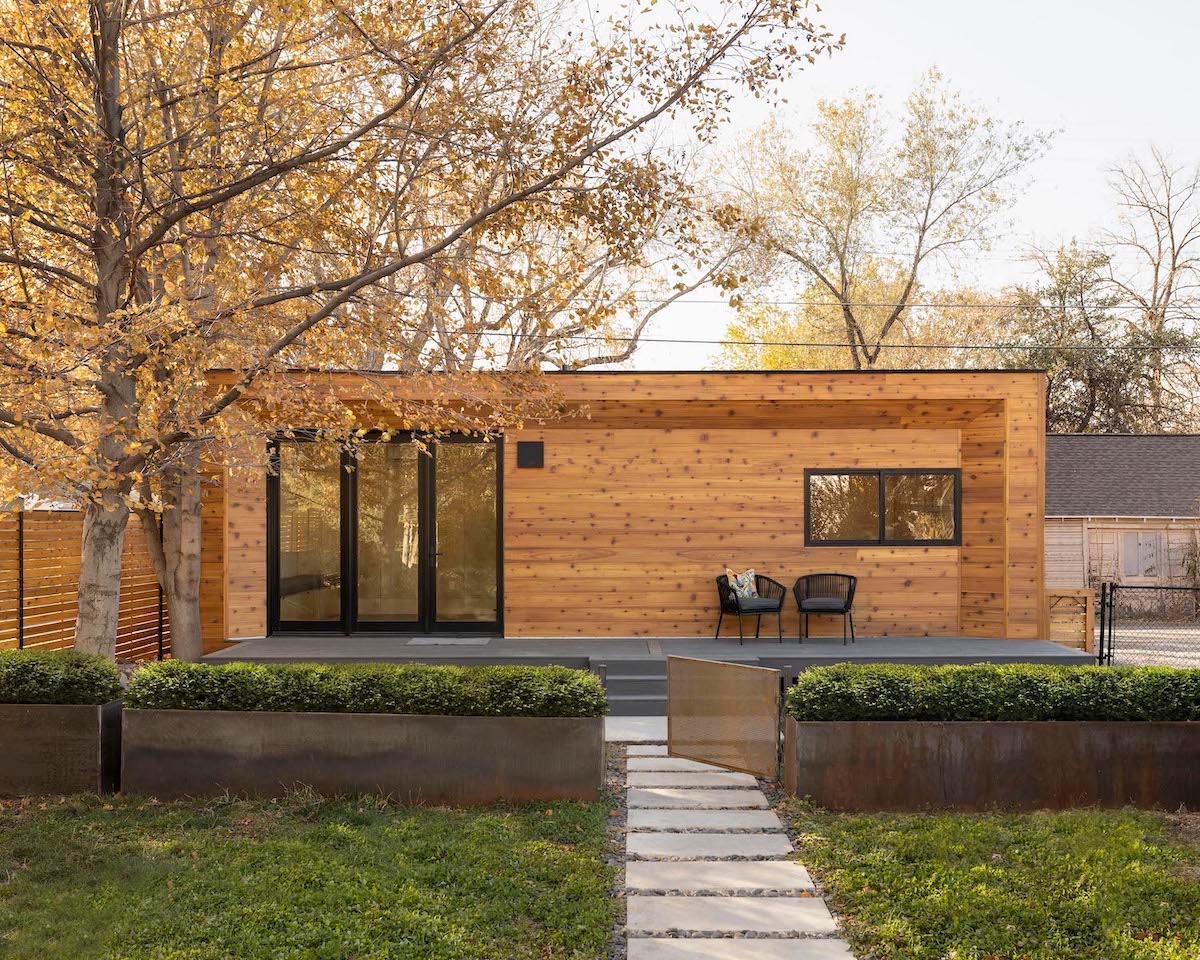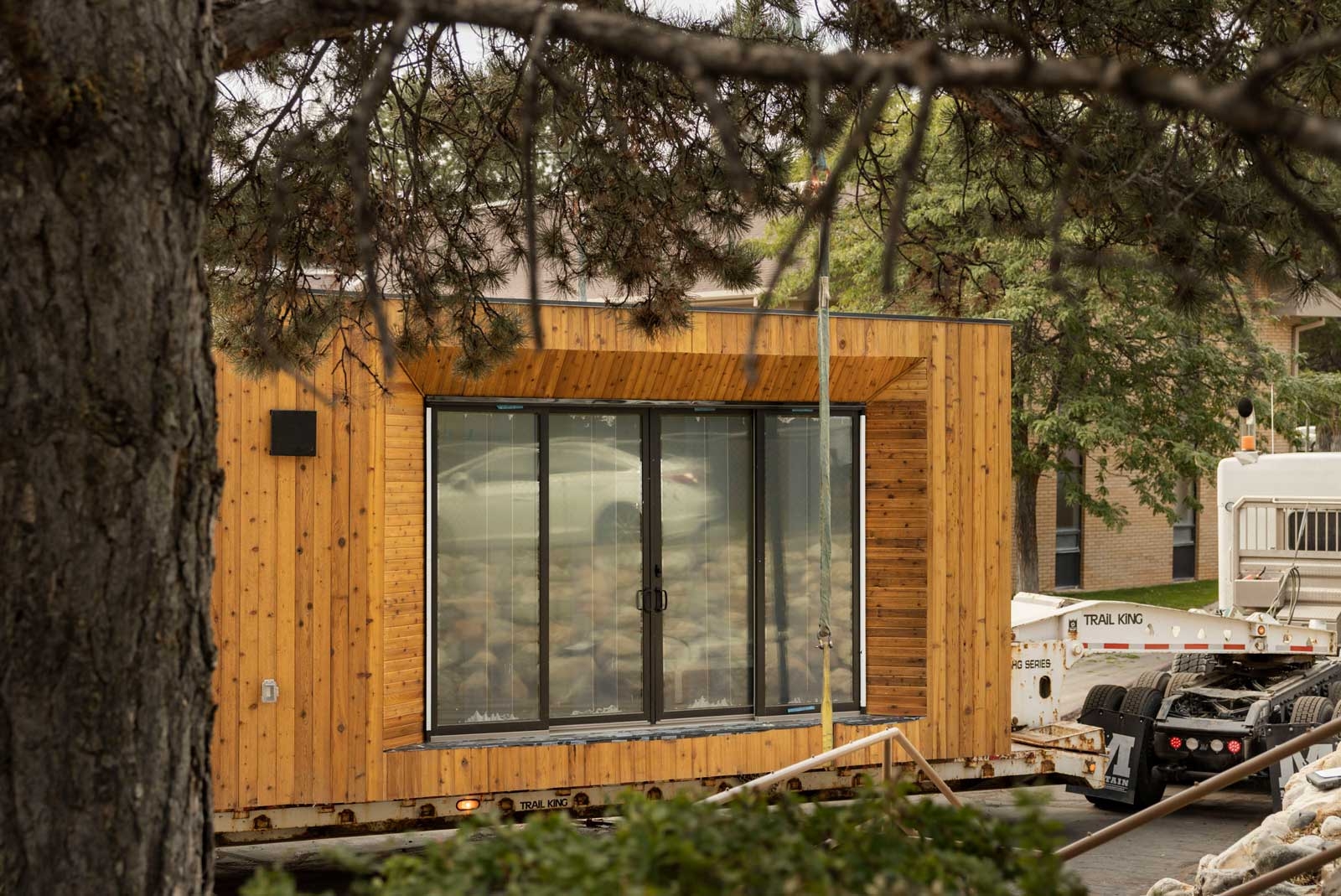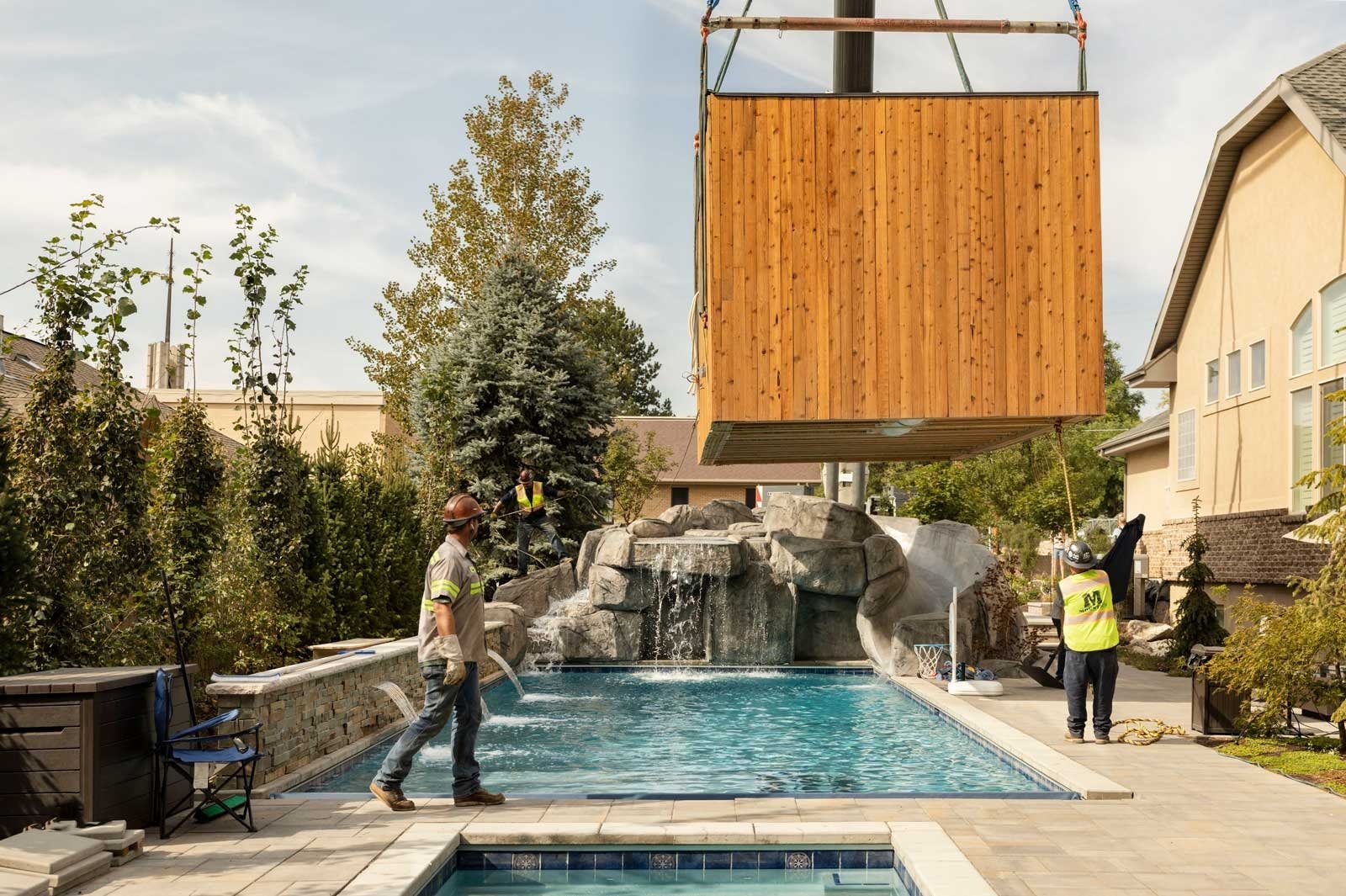
Building an accessory dwelling unit (ADU) means staying up to date with local and statewide legislation. These updates or amendments will make a huge impact on your upcoming project. Thankfully, for California residents and investors, recent legislation has been highly favorable for ADU construction.
That said, navigating the processes of planning, permitting, and installing the ADU isn’t exactly an easy process. While government resources and online forums are available to assist you, California has rigorous standards for all things real estate. We want to help you plan your ADU by covering the most important updates to California’s ADU legislation.
California’s Unique Housing Market
California’s housing market is massive, making up 21.3% of the national total — at a grand value of $9.24 trillion. On top of that, a statewide survey in January found that three-quarters of Californians believe this is a good time to list their house for sale. With trillions of dollars in the housing market and homeowners looking to sell for record-breaking returns, it’s clear why legislators keep a close eye on housing.
However, record-high home prices mean that fewer Californians are able or willing to purchase in the current market. So, in turn, people look for rentals. If you’re a homeowner who’s not looking to sell, now is the time to ask, ?How can I make a smart investment??
An ADU is a perfect way to increase your property value, add high-quality flexible living space for your family, or create a rental solution for short or long-term use. And no, you don’t have to make a 2,000 sq. ft. expansion for it to be functional and profitable — an ADU will increase your property value and improve your lifestyle regardless of size.
So, let’s dive into the important ADU legislation in California.
Recent Updates to California’s ADU Legislation

Going over the details of each update to California’s ADU legislation would require a lengthy book of codes and legalese — which already exist. So, we chose four of the most important recent updates to ADU legislation in California to cover.
Assembly Bills 68 and 881
Because of significant overlap in their content and structure, Assembly Bills (AB) 68 and 881 were enacted as a single bill to remove the barriers to ADU development. Even on a local level, these bills remove certain requirements which commonly limit ADU development. Here are some key measures of AB-68 and AB-881:
- They require municipalities to permit 800-square-foot-detached ADUs that meet additional size requirements (AB-68).
- ADU permits must be reviewed and approved or denied within 60 days, in contrast to the previous 120-day requirement (AB-68).
- Detached ADUs must be included in home sales (AB-68).
- They allow renters to occupy both the primary residence and ADU (AB-881).
These permitting time savings are considerable. Coupled with the faster permitting turnaround time, choosing prefab modular construction — which can be twice as fast as traditional construction — can enable your project to move forward as quickly as possible. Californian cities can be challenged by the Department of Housing and Community Development (DHCD) if an ordinance is out of scope with state law.
Ultimately, these bills serve to support statewide ADU regulations: If California’s state-level laws find your build acceptable, local government and administration must approve an ADU.
Senate Bill 9

Senate Bill (SB) 9 is an impactful update to California’s ADU legislation, with great promise to expand development potential of single family properties. The bill is one of many designed to combat the housing shortage without inflating rental costs. Under SB-9, existing properties can be divided into up-to-eight units — although cities are not required to approve higher than six units per lot. The key measures of SB-9 include:
- Authorized construction of two units on a single lot or the subdivision of one lot into two separate units. Homeowners who subdivide must occupy one lot as a primary residence for a minimum of three years.
- Depending on local government ordinances, SB-9 allows for a maximum of eight total units across the two lots — either subdivided or built separately.
- Review processes are subject to ministerial approval rather than discretionary approval. In short, this means the permitting process will become more consistent and objective — increasing accessibility for homeowners to build ADUs on their current properties.
To combat the housing crisis, California is working to make ADU construction more affordable and less strict than it had been previously. By creating multiple units on your property, you can build intergenerational wealth, increase housing opportunities, or expand your living space.
Assembly Bill 1584
In another attempt to make ADU construction easier, AB-1584 was introduced.
As a landmark bill, AB-1584 nullifies laws that previously attempted to prohibit the construction of ADUs. Homeowners and investors have one less barrier to cross before adding value to their homes. It renders any prior legislation that prohibits the construction of an ADU void and unenforceable, except restrictions that make an insignificant impact on construction costs.
Zoning laws are important for the integrity of city development and expansion. However, overreaching legislation still contributes to the housing crisis today. Visionary bills, such as AB-1584, are designed with the health of California’s people and economy in mind.
Other Bills and Resources for Homeowners and Investors
If you haven’t already looked for official resources to stay updated with California’s ADU legislation, be sure to visit California’s DHCD for pertinent information. Here, you’ll find excellent resources and links to updated laws, suggestions for homeowners, and so much more.
The ?Why? for These Legislation Changes
Legislators have been making landmark updates to California’s ADU legislation because of California’s housing crisis. In the best interest of their residents, policymakers need to act now to make up for the shortage of 3.5 million housing units.
In addition to the housing crisis, these legislation changes provide homeowners with more freedom in how they choose to live and invest in their properties. Whether they intend to construct an ADU for renting or to expand living space, recent updates to ADU legislation are geared toward supporting homeowners, renters, and long-term residents of California.
How Updates to California's ADU Legislation Can Impact Homeowners
Research from the Terner Center revealed that SB-9 would allow for the construction of 714,000 new homes statewide. Although the actual number of new homes built will likely fall short of this estimate, it illustrates the impact of ADU legislation in California.This is on top of the 1.5 million homes estimated as potential ADUs prior to SB-9.
As an advocate for ADU construction, we recommend that homeowners and lawmakers support updates to ADU legislation that expand accessibility without creating additional cost barriers.
Use your vote and voice to support policies that reduce fees, eliminate discretionary processes, enable conversions or detached builds, allow ADUs at middle-density properties, and other best practices (see page 4). With time and continued positive legislation, California may see significant progress with its housing crisis by rapidly expanding ADU accessibility.
Eliminate the Stress of Planning Your California ADU with Modal

When it comes to legislation for ADUs in California, there are still a great deal of actions lawmakers can take to help you. Many people struggle with the financial burden of undergoing construction, permitting, or the other steps in constructing their ADUs. However, voicing your opinions for proper legislation can increase accessibility for entry into ADU ownership by reducing costs and other needless barriers.
Your dream ADU shouldn’t be difficult to obtain — that’s where Modal comes in.
Modal creates prefab modular ADUs with a hassle-free, sustainable business model. Our mission is to provide homeowners with a beautiful, customizable living space without the stress of paperwork and legislation. Learn more about our process and see if you qualify today!
May 11, 2022
